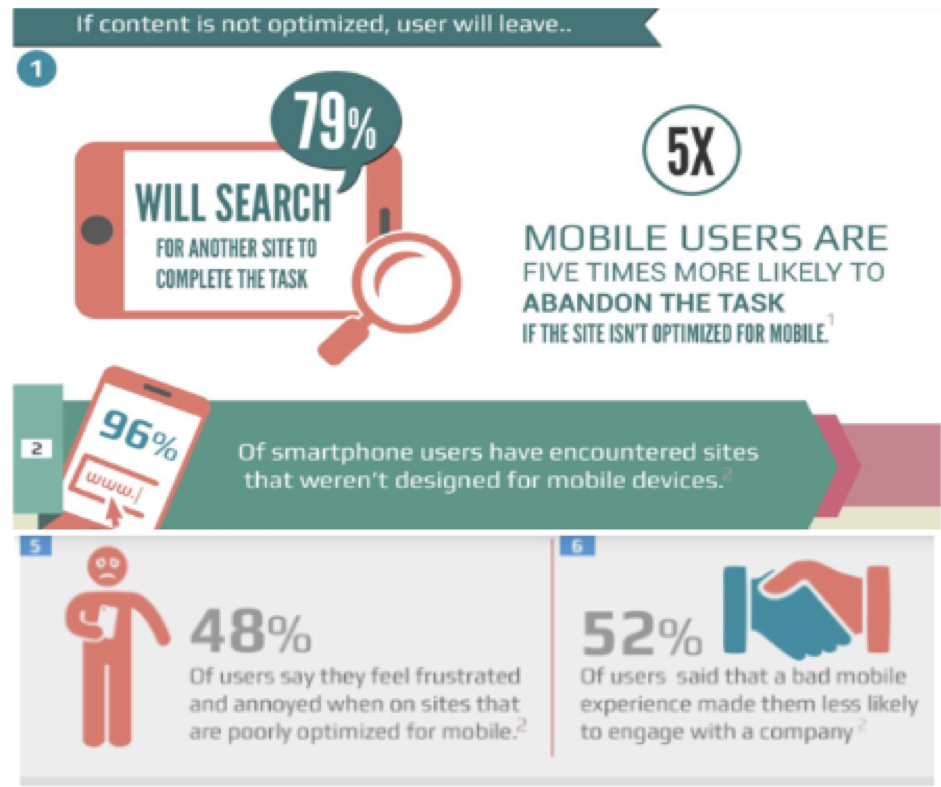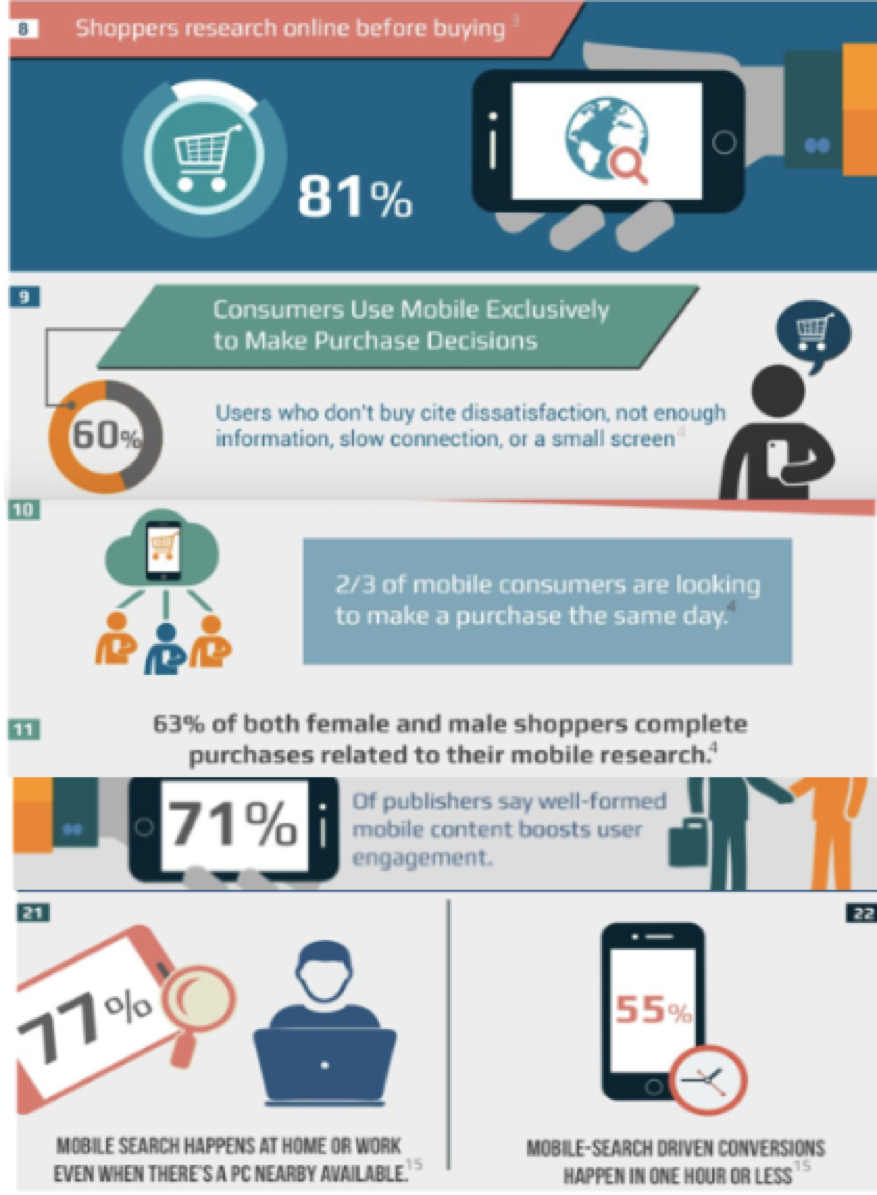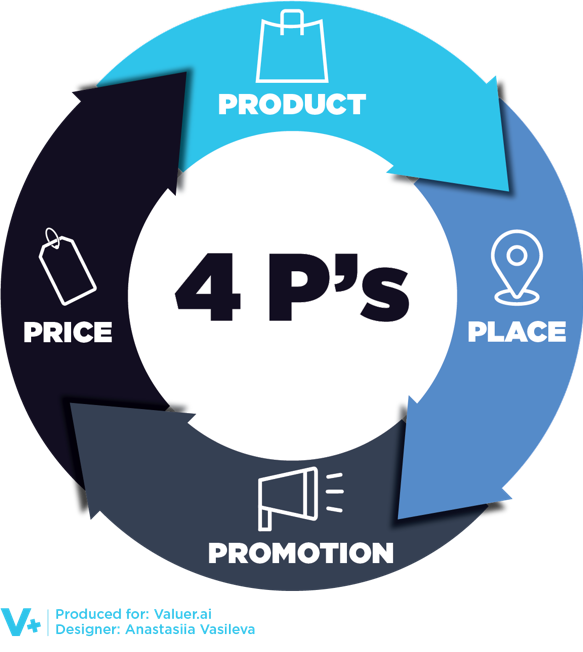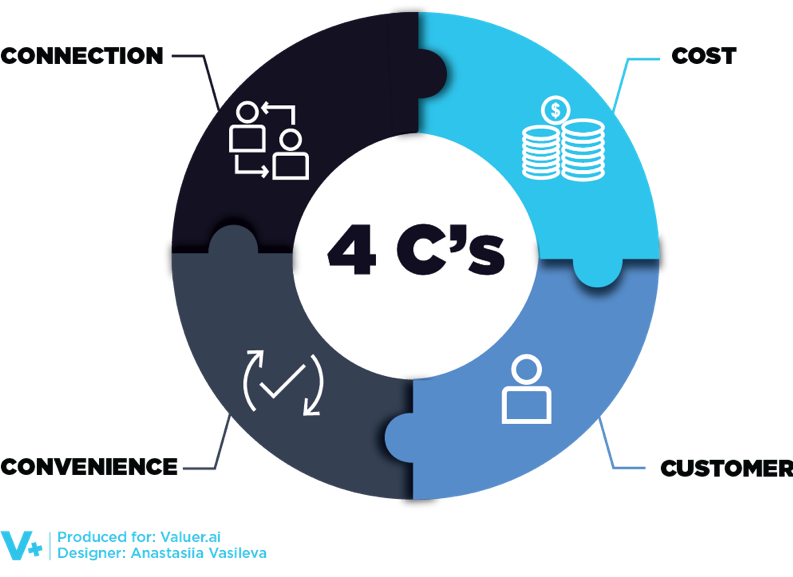5 Reasons Why UX Matters Now More Than Ever

5 Reasons Why UX Matters Now More Than Ever
Contributed ContentFollowing the assumption that any company’s primary objective is to generate sales, the old adage “customer is king” rings true now more than ever. As buying options increase, information barriers decrease, and every product starts being available online, customers are becoming more selective.
In an effort to stay competitive, companies are focusing on innovation to find new ways to differentiate. Many of these opportunities exist in the process of product design.
UX refers to "user experience," and UX design is the process of strategically designing products with the customer in mind to maximize accessibility and optimize usability.
Prioritize Customers Over Production with UX Design
With current trends prioritizing a customer-oriented model over a strict focus on production, UX design is now a staple of any strong marketing strategy.
Win the Customer cites the following statistics about U.S. adults that confirm this trend:
- 86% would pay more for a better customer experience
- 89% switched to a competitor because they had a bad customer experience
- 73% said a friendly customer service made them fall in love with a brand
Looking to the future, experts from Walker Info have predicted that by 2020, the customer experience will become even more important than the price or product itself.
Case Study: Redesigning the Classic Ketchup Bottle
One of the best examples of effective UX design can be seen in the humble ketchup bottle.
Remember the classic glass Heinz product? The original design created a myriad of problems for customers.

In the original glass version, the ketchup oxidized around the rim, and the bottle required endless shaking and tapping. This beloved product had a terrible user interface (UI).
Heinz developed the modern plastic bottle using UX design. After identifying a problem that customers faced, the company solved it by designing a new iteration that was easier to use. After introducing the redesigned product, Heinz reported a noticeable uptick in consumption.
The principles of UX design extend far beyond simple product packaging. If a website or product has an interface that is not designed to be user-friendly, customers will become frustrated. Many will even consider switching to a competitor.
The same situation occurs if a website is not optimized for mobile users. With the current market’s focus on customer satisfaction, business goals continue to hinge upon positive customer experience, and therefore, UX.
Nearly all smartphone users (96%) have encountered sites that weren’t designed for mobile devices.

And mobile users are five times more likely to abandon the task due to bad mobile UX. Additionally:
- 79% of users will leave and search for another site if content isn’t optimized
- 48% of users feel frustrated and annoyed when sites are poorly optimized
- A bad mobile experience makes 52% of users unlikely to engage with a company
Why is mobile optimization so important? Consider the high volume of potential consumers who research, search for, and ultimately buy products and services on a mobile device.
Before shopping, 81% of users conduct online research

Mobile search happens at home or work, even when there’s a PC nearby, 77% of the time, and most publishers say well-formed mobile content boosts user engagement.
As they search online for information about what your business has to offer, users get their first impression of your brand. Make sure it’s a positive one by catering to the mobile platforms, which your audience is most likely to use.
Optimizing content for mobile users will pay dividends - Shoppers complete 63% of purchases related to their mobile research, and two-thirds of mobile consumers intend to make a purchase the same day
How Can UX Help You Differentiate?
Getting buyers to simply consider a product or service is becoming increasingly difficult in light of current market competition. Holding a customer’s attention demands careful consideration and a deliberate focus on optimizing UX.
Consider this: Market competition has increased year-over-year since the digital revolution began. In the face of reduced barriers to reaching customers, competitors continue to offer the same level of product quality.
Ease of use is a major differentiator in a landscape of countless identical products. UX design can make or break a company’s potential to generate sales.
Still not convinced? Read more below about five of the most effective ways businesses can leverage UX design.
1.
UX Increases Conversion Rates
When clients are in the market for SEO services, searching online can provide a wealth of relevant sites. Most of the results will offer nearly indistinguishable services, however. From the options they find, searchers will likely create a shortlist of sites that are the easiest to both navigate and comprehend.
Customers are impatient by nature. In recent years, the average human attention span has fallen to just 8 seconds from the previous 12 seconds. Curiously, the attention span of goldfish has remained constant over the same period at 9 seconds.
With ever-more limited attention spans, many users simply refuse to accept any unnecessary complexity delaying immediate access to the information they require.
Prioritizing UX encourages customers to go forward with their intent to purchase. Regardless of what benefits a product or service might hold, no one will bother to learn about them if they’re put off by the landing page.
A smooth and seamless customer journey encourages customers to fully explore the platform, and optimizing UX increases conversion rates along the way.
2. Maximize ROI Through UX Design
When considering ad spend online, a campaign killer is a low return on investment (ROI). Blowing a budget on driving target customers to a website is untenable if they are unable to navigate the site. This rings especially true in today’s pay per click (PPC) advertising landscape.
Improving UX involves consulting the customer journey map (CJM). This tool maps users’ interactions with a website and highlights the issues they face, such as these common examples:
- Difficulties with entering payment information
- Struggles with navigating a menu bar
The CJM will pinpoint factors that are hampering user experience. Making changes based on this information will keep users on your website longer, and ultimately get them to convert.
2. UX Boosts SEO Rankings
Search engines are extremely sensitive to UX-quotient. All search engines are driven by the common goal to provide the most relevant answers to user queries while requiring minimal effort to find them.
Google’s mysterious search algorithm places great importance on optimized UX in its search rankings. In other words, Google shows a preference for sites that provide excellent user experience. Optimizing the UX-quality of your platform will lead to a higher rank on search engines.
3. Maximize PPC Campaigns With Good UX
UX alsoimpactsROI forPPC campaigns. When considering the relevance of an ad, Google Adwords checks UX on landing pages for ad campaigns. The UX-quotient will be influential in determining the success of a campaign.
If a landing page related to a PPC campaign can’t assure easy navigation or short load time, the page will be valued as less relevant, requiring a higher ad bid in order to be shown.
4.
UX Enhances Customer Loyalty
Good UX strengthens brand loyalty. Providing seamless interaction with a site promotes strong user activation. As customers explore your website more fully, your brand starts to form long-standing relationships.
Increasing customer retention facilitates customer lifetime value. An influential factor here is comfort level. Customers tend to return to what feels most familiar. If interactions are positive, the brand is more likely to remain top of mind.
In this sense, UX design can be leveraged to play on customers psychological tendencies towards simplicity. A website that reduces confusion is likely to generate loyal customers and increase user retention rate.
5. UX Improves Word-Of-Mouth Marketing
In any area of marketing, it is crucial to understand two things:
1.
Customers are eager to share experiences.
2.
Consumers are highly influenced by social proof.
It’s human nature to want to discuss our experiences with those around us. People are eager to discuss positive customer experiences, which creates brand ambassadors among loyal customers. Optimizing UX strategy can boost word-of-mouth marketing.
Consumers are largely influenced by the advice of people they feel close to, a factor that plays an increasingly critical role in brand strategy.
As the digital landscape increases communication channels between a business and its customers, social media acts as a sounding board for customer experience.
UX design can make the difference between a rave review and an average or negative one. With greater access than ever to social proof online, one user’s positive experience can further influence and encourage others like them towards a brand.
6.
UX Boosts Costs Savings
Launching a new product or campaign inherently incurs associated risks. It’s impossible to know for sure whether or not a project will generate the desired ROI.
An unsuccessful launch can cause a significant loss of capital. To an extent, however, you can reduce the likelihood of such losses by investing in smart UX design.
Careful UX design involves extensive user research, wireframing, mapping of information architecture, prototyping, testing, and finally implementation.
The entire process will determine the functionality of the offering to be launched. This provides a more accurate estimate of the potential ROI of the upcoming product.
Identifying potential issues can indicate the likelihood for success and help you outline steps to take to fix errors before launch. As a result, you can avoid possible losses you may have been encountered otherwise.
This last point is especially significant for startups for whom capital is a limiting factor. Moreover, careful budget planning can help startups to convince investors, as one of the main qualitative measures corporations use to value startups is how they utilize their budget.
UX Is a Cornerstone of Any Marketing Strategy
UX is no longer being relegated to a marketing buzzword, which signals a shift away from the traditional 4 P’s Model:
- Product
- Price
- Place
- Promotion

This model lacks attention on the customer and has become outdated.
The customer-oriented 4 C’s Model is a much more appropriate marketing philosophy for 2019:
- Customer
- Cost to satisfy
- Convenience
- Communication

While UX design draws upon many classic marketing techniques such as market research, product testing, customer service principles, and marketing communications, it represents a thoroughly modern perspective that takes these techniques even further.
As customers transition from brick-and-mortar stores to buying online, failing to understand changes in the customer journey has proved troublesome for even for the most experienced of brand marketers.
Most importantly, UX design alleviates the headache of navigating these pitfalls and reworking a marketing plan to fit any business in the digital space.